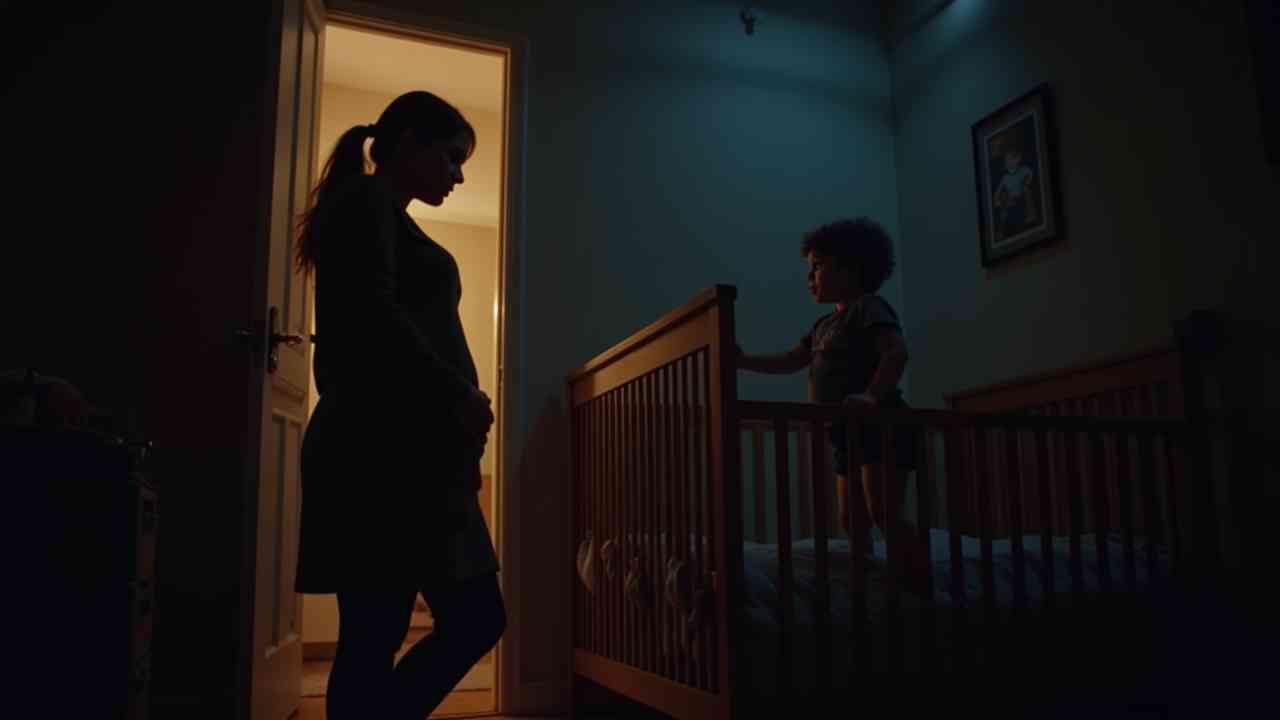
💤 The 20-Month Sleep Regression: A Parent's Survival Guide
💤 Surviving the 20-Month Sleep Regression (A Parent's Guide) 💤
Just when you thought you had conquered toddler sleep, it can all unravel. If your 20-month-old is suddenly throwing epic bedtime tantrums, refusing their only nap, and waking up at night, you are not alone. This is a very real, albeit unofficial, sleep regression.
This phase is a sign that your toddler is going through major cognitive leaps. Their newfound sense of self and developing language skills are exciting, but they can temporarily wreak havoc on sleep. The good news is, it is a temporary storm.
This guide will explain why this regression is happening. We will also provide you with practical tips to help your family get back to more restful nights. Let's navigate this challenging but normal stage. ✅
🤔 What Does a Typical 20-Month-Old's Sleep Schedule Look Like?
By 20 months, your toddler is firmly on a one-nap schedule. Their stamina for being awake has increased, making a consistent routine crucial. Here are the average sleep numbers for this age:
- Total Sleep: About 11 to 14 hours in a 24-hour period.
- Nighttime Sleep: 10 to 12 hours.
- Daytime Sleep: One solid nap lasting 1.5 to 2.5 hours.
- Wake Windows: The time your toddler can stay awake is now around 5 to 6 hours.
What is a good sample schedule?
A typical 20-month-old sleep routine is built around that single midday nap. This is just a template, so adjust it based on your child's individual needs.
- 7:00 AM: Wake up
- (5.5-hour wake window)
- 12:30 PM - 2:30 PM: Nap
- (5.5-hour wake window)
- 8:00 PM: Bedtime
🤯 Why is Your 20-Month-Old Suddenly Fighting Sleep?
This regression is all about your toddler's budding independence and their rapidly developing brain. It is a classic battle of wills.
Is it about testing independence?
Yes. This is the number one cause. Your 20-month-old is realizing they have their own opinions and desires. Saying "no" to sleep is a powerful way to assert their independence and test the boundaries you have set.
Is separation anxiety a factor?
Yes, separation anxiety can peak again at this age. Your toddler understands that you exist even when you are not in the room, and they simply do not want you to leave.
What about teething?
The painful process of teething is an ever-present disruptor. The second molars, which are large and can be very painful, often start to emerge around this time, which can easily disrupt sleep.
✅ What Are the Best Strategies for Managing This Phase?
The key to surviving this regression is to be a calm, confident, and consistent leader. Your toddler needs the security of knowing that the rules have not changed. Here are some essential tips.
1. Be Loving but Firm: Your toddler can sense when you are wavering. Acknowledge their feelings ("I know you want to keep playing, but it's time for sleep now"), but hold the boundary firmly. A confident parent is a reassuring parent.
2. Do NOT Drop the Nap: A nap strike at this age is very common, but it is not a sign that they are ready to stop napping. Most toddlers need their nap until they are 3 years old. Dropping it now will only lead to an overtired, grumpy toddler.
3. Stick to Your Routine: A predictable bedtime routine is more important than ever. It provides a sense of security and signals that sleep is coming. The cozy, cool autumn evenings are perfect for a warm bath and a quiet story. 🍂
This phase typically lasts from two to six weeks. Its duration often depends on how consistently parents respond. Stay strong, stay consistent, and peaceful sleep will return. ❤️